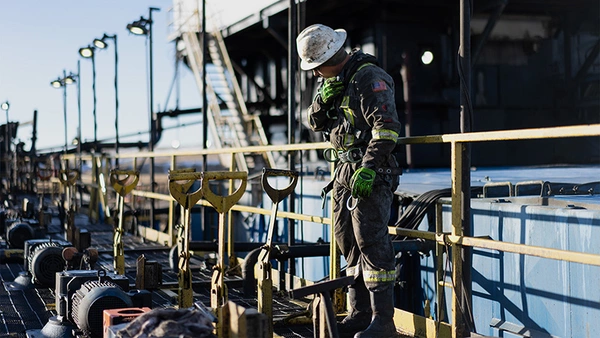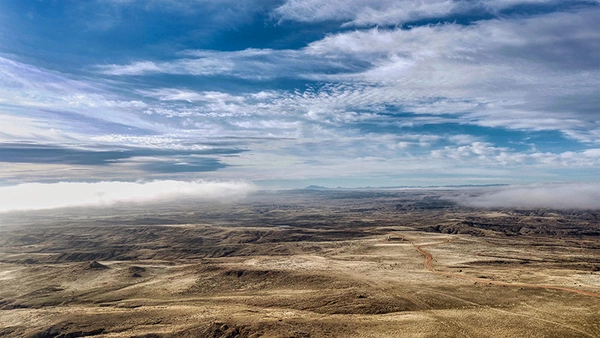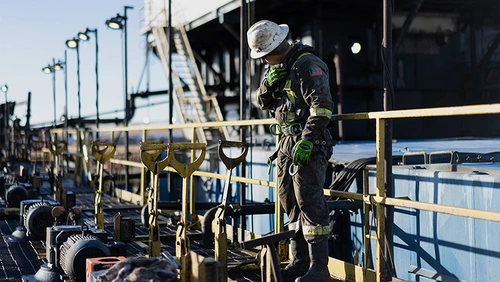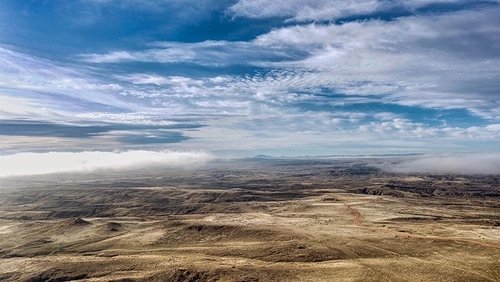
Here you will find all the latest news, company announcements, financial news and ad hoc announcements

We are an international investment company focussing on energy and strategic metals. Become part of our team and help shape the future
Know-How
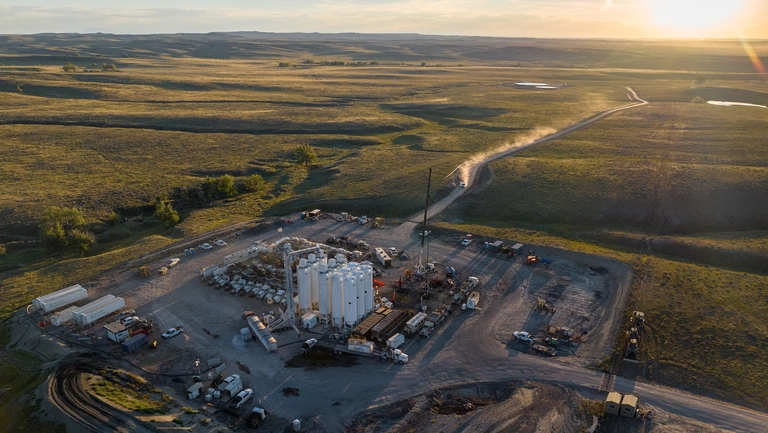
New acreage for our production
The requirement for successful drilling and the production of oil and gas in the USA is to acquire or lease the production rights ("leases") for a specific area. Only those who hold the rights are allowed to develop an area. In this respect, land acquisition is one of the key success factors in oil and gas development.
Unlike in most other countries around the world, however, the rights in the USA are not awarded by the state with the help of a licensing system. Instead, the natural resources are privately owned or partly owned by the US federal government ("federal land").
We therefore enter into contracts with the owners of the rights ("mineral owners") that allow us to extract their mineral resources (so-called "lease agreements") or we acquire existing lease agreements from other companies. In return, they receive a one-off payment and also a share of the revenue ("royalty").
The more attractive an area is, the higher the payments the mineral owners can demand. As a rule, these contracts initially run for 3-5 years with an option to extend. During this period, one or more wells must be drilled, otherwise the right expires. Once a lease is in production, the production right remains with the company that acquired the right until the end of economic life of the wells.
There are various ways to acquire land. Often, private individuals or companies offer entire packages. This way, one can quickly build up a larger position.
Significantly more complex is the way of acquiring individual rights and combining them into a package over time. With our subsidiaries in the USA, we have specialized in developing fields that are already well known.
One focus of our current activities is in the basins around the Rocky Mountains. With the focus on the Powder River Basin in Wyoming.
The Rocky Mountain region is known for its rich oil deposits. Over the past few decades, oil and gas companies have developed several basins with over 100,000 wells. Since about 15 years, horizontal drilling has dominated development, and before that, production was mainly coming from vertical wells.
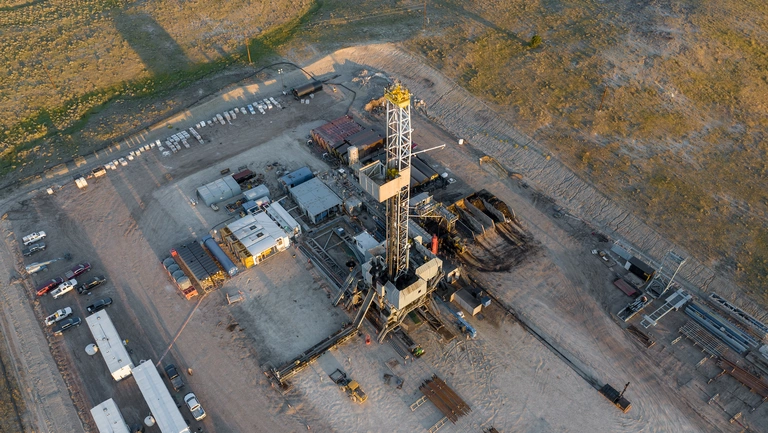
Insights on oil and gas production
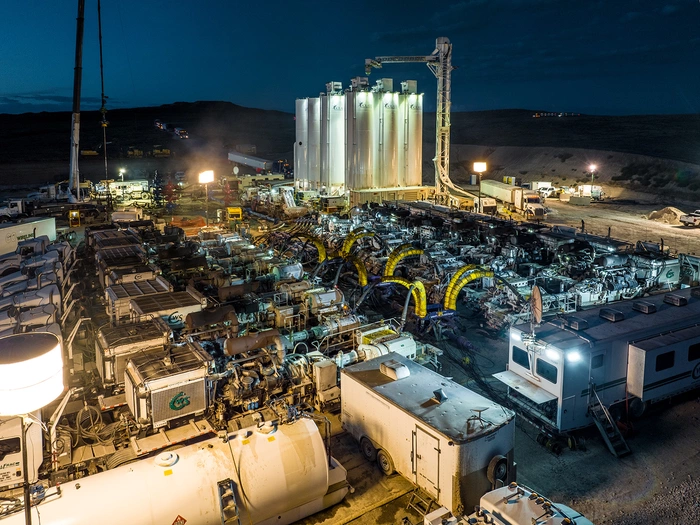
While our first wells were vertical, since 2015 we have only drilled and funded horizontal wells with lateral lengths of 1 to 2.5 miles. All of our wells produce oil and gas and have been successful in that respect.
Another peculiarity of the U.S. legal system is that all companies that produce oil and gas must publish the production data. Production data and much more information is released for each individual well and for each month by the responsible state commission.
With the help of this data our subsidiaries can evaluate the acreage or wells offered to them. Due to the very dense drilling grid in the basins, it is possible to estimate quite reliably what production can be expected on the offered acreage by drilling in the vicinity.
Of course, production data is not only important to the acquisition decision, but also provides a solid basis for the investment decision of a drill program. The many years of experience of our team in the US also enables a detailed cost estimate of drilling and production costs.
Oil and gas reservoirs, such as those used by Deutsche Rohstoff for production, consist of layers of rock that are usually several meters thick and are located at a depth of 2-4 kilometers.
The conventional way to drill these layers and extract the valuable oil and natural gas is by vertical wells. To do this, you have to drill vertically downwards from the surface to the oil-bearing layer. In this type of drilling, the oil is found in easily permeable, permeable rocks. It can flow into the well and be produced by its own pressure.
For a long time there has also been the possibility of directional drilling. In this method, the drill head is deflected during drilling. In this way, it can be continuously guided in the direction in which you want to drill.
A further development of directional drilling is horizontal drilling. In this process, the first step is to drill vertically to the depth of the oil-bearing layer. As soon as you approach this layer, the drill bit and with it the drill pipe are deflected by 90 degrees to the horizontal. From there, the well is then drilled horizontally through the oil-bearing rock for up to 4 kilometers.
This technique is particularly suitable for very impermeable rocks. With a simple vertical well, too little oil would pass into the well. To increase the area, long horizontal stretches are laid out in which the oil can enter the well.
This state-of-the-art method of horizontal drilling is used for all wells financed ad drilled by Deutsche Rohstoff. The horizontal length of the well varies from 1 to 2.5 miles, which is approximately 1.6 to 4 kilometers.
The advanced drilling technology allows the wells to be guided very precisely along the path determined in advance by our geologists and engineers. And another advantage of horizontal drilling technology is obvious: it makes it possible to open up an entire oil field that extends over an area of 3-5 square kilometers from a relatively small well pad. The surface area consumption is minimal and is only the size of half a football field.
Another technology that has gained considerable importance in recent years is hydraulic fracturing. In this process, a mixture of water, sand and chemical additives is pumped into the well at high pressure. The goal is to create cracks in the rock surrounding the well in several points. This allows more oil to flow into the well.
Both techniques, horizontal drilling and hydraulic fracturing, have been perfected in the course of shale oil development. In the past, shale was often used as roof shingles to protect against rain. It is a very dense rock from which only small amounts of oil would flow into the well on its own. By creating fine cracks, the permeability of this rock increases considerably. The added sand is transported into the cracks. The sand in the cracks prevents them from closing again on their own due to the high pressure at a depth of 1 to 4 km.
Horizontal drilling is now used in the majority of wells in the United States. In 2004, horizontal wells produced about 14% of shale oil in the United States. In 2023, however, the share was 75%. From these figures, it can be seen that horizontal drilling technology has largely replaced the earlier methods and conventional drilling.
Deutsche Rohstoff and its subsidiaries are also making use of the new technology. We drilled our first wells in the spring of 2012 as vertical wells. Since then, we have drilled over 100 horizontal wells and participated in dozens more with smaller shares.
Insights and details on oil and gas production
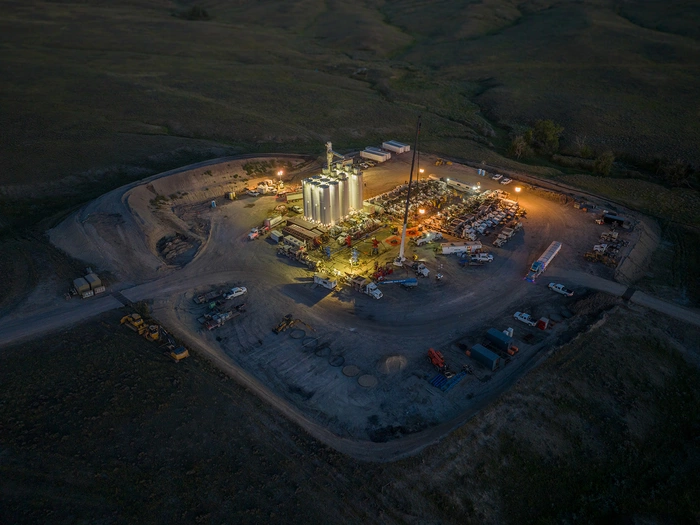
Our state-of-the-art oil and gas production has been tested thousands of times in the U.S. over the past few years. Following the completion of drilling and fracturing, which takes only a few weeks, and the commencement of production, there will be an optimization phase to prepare the well pad for long-term production.
A typical well pad requires very little space. In the final stage of development, this is roughly comparable to the size of half a soccer field. Little or no personnel is required on site, and production is fully automated. Of course, the wells are constantly monitored by our own staff or with service providers in order to ensure optimal operation.
For the area in the Powder River Basin, the production of a mixture of oil, gas and water is very typical. This mixture, which is transported through the production casing from the depths by its own pressure, enters a separation plant on site, which is an integral part of the production facilities. The separator separates the components by means of simple physical processes. The water is separated and fed into tanks so that it can later be disposed in an environmentally friendly manner.
The oil and gas freed from the water content is pumped into pipelines directly on location. The gas pipeline infrastructure is developed to varying degrees. For this reason, we also invest in the expansion of capacities where necessary. However, transport by pipeline is much cheaper, less susceptible to failure and more environmentally friendly, making it the goal of any development.
We sell our oil and natural gas directly from the well pad to specialized logistics companies. They pay us the market price for the oil, also known as West Texas Intermediate (WTI). The price of natural gas is referred to as the "Henry Hub" or "CIG". In the region around the DJ and Powder River Basin, the CIG price is usually achieved.
The logistics company retains a small fee for its services, namely transport and marketing. This discount can fluctuate depending on the utilization of the pipelines. If it is heavily utilized, the price is higher than during times of low throughput.
We usually hedge up to 50% of our expected production for the next 12 to 24 months. This will allow us to partially offset the price risk resulting from the ups and downs of oil and gas prices. Hedging is done through financial instruments traded on the NYMEX (New York Mercantile Exchange) or directly through banks or physical dealers.
We buy or sell contracts at a specific price and term. If, on the agreed day, the price falls below the price at which we entered the contract, we will receive a corresponding compensation. If the market price rises above the agreed price, we have to pay compensation. Since we are paid for our physical production at the current market price at the same time, we de facto always receive the secured price for our production.
Once oil and gas production has ended, all facilities are uninstalled, the wellbore is professionally sealed and capped and the surface is completely renaturalized. The Group companies set aside appropriate provisions for this every year.

